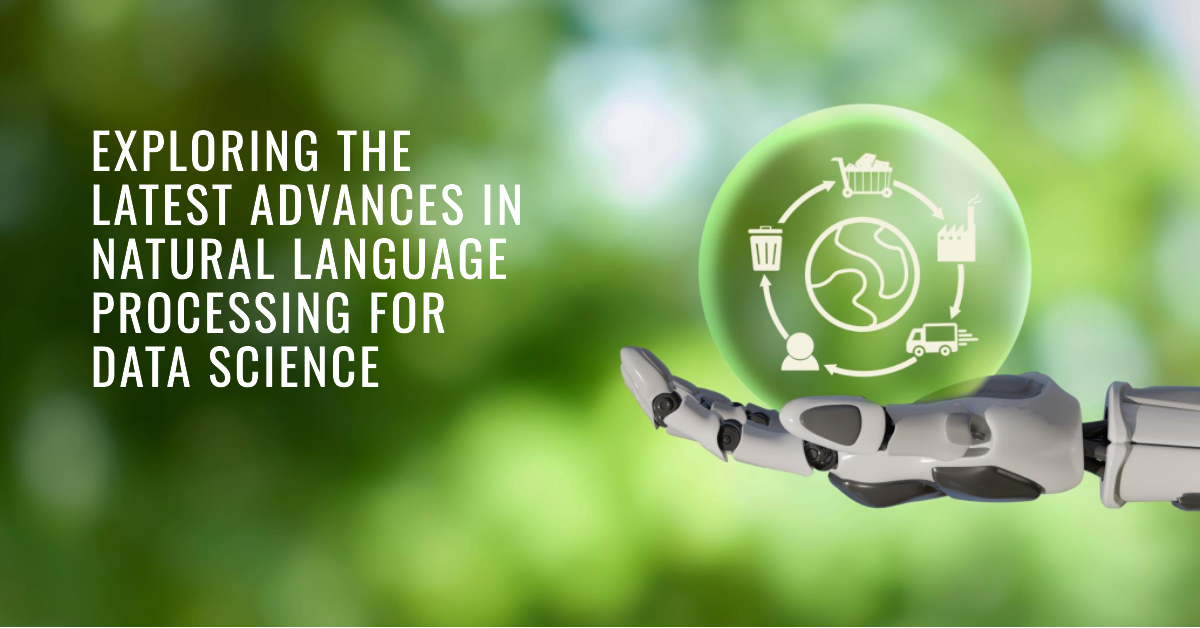NLP is a branch of artificial intelligence that focuses on the interaction between computers and humans through natural language. It enables machines to comprehend, interpret, and generate human language in a way that is both valuable and meaningful.
The Evolution of NLP
The roots of NLP can be traced back to the 1950s when researchers first attempted to teach computers how to understand human language. Over the years, NLP has evolved significantly, and today, it plays a crucial role in many applications.
Key Components of NLP
NLP involves a complex set of processes, including text analysis, machine learning, and linguistics. These components work in unison to help computers decipher and generate human language effectively.
NLP in Machine Learning
NLP is closely linked to machine learning. Machine learning algorithms are used to teach computers how to recognize patterns and make sense of vast amounts of textual data.
Sentiment Analysis
One of the most popular applications of NLP is sentiment analysis. This technique can determine the emotional tone behind a piece of text, making it invaluable for businesses seeking to gauge customer opinions.
Named Entity Recognition (NER)
NER is another critical aspect of NLP. It identifies and classifies entities such as names of people, places, organizations, and more within text, making it easier to extract meaningful information.
Machine Translation
NLP has revolutionized machine translation, enabling platforms like Google Translate to provide accurate and coherent translations between multiple languages.
Text Generation
NLP models like GPT-3 have gained fame for their text generation capabilities, which can be used for content creation, chatbots, and more.
Applications of NLP in Business
Businesses utilize NLP for tasks such as chatbots, automated customer support, and market research, enhancing efficiency and customer satisfaction.
NLP in Healthcare
In the healthcare sector, NLP aids in extracting valuable insights from medical records, improving diagnosis, and accelerating research.
NLP in Customer Service
The customer service industry relies on NLP to enhance the quality of support by automating responses and providing faster solutions to common queries.
NLP in Social Media
Social media platforms utilize NLP for content recommendation, ad targeting, and sentiment analysis to improve user experiences.
The Future of NLP
NLP continues to advance, with promising developments like even more human-like chatbots and language models on the horizon.

